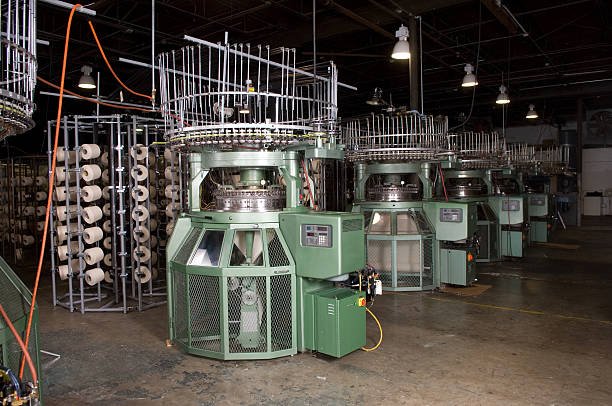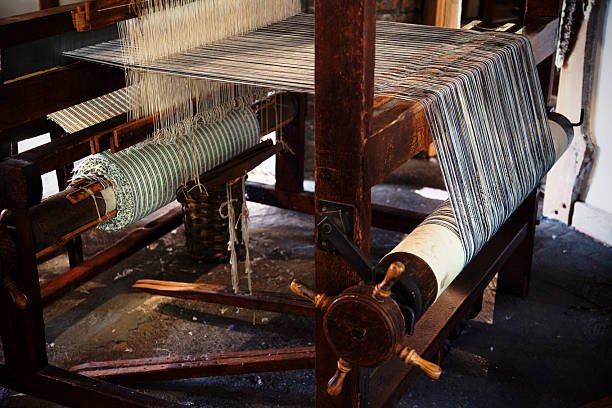Knitting, a craft that has woven its way through centuries, stands as a testament to human creativity and ingenuity. With its origins deeply intertwined with the fabric of history, the question of “when was knitting invented” unveils a fascinating narrative of cultural exchange, technological evolution, and the human desire to create warmth and beauty from a simple strand of yarn. Today, knitting is an established process of textile manufacturing on mass scale.
Historical perspective of when was knitting invented?
Ancient Beginnings:
The exact date and place of knitting’s invention remain shrouded in the mists of antiquity. However, archaeological discoveries provide glimpses into its early origins. The earliest evidence of knitted textiles dates back to the 11th century, found in Egypt and Peru. These fragments of history reveal that knitting might have emerged as an adaptation of other textile techniques, such as weaving and looping.

Medieval Europe and the Silk Road:
As trade routes flourished during the Middle Ages, the craft of knitting embarked on a journey across cultures and continents. Historical records suggest that knitting reached Europe via the Silk Road, a network of trade routes connecting the East and West. By the 13th century, knitted garments began to grace the attire of European nobility, signifying both luxury and practicality.
Growth in Renaissance Europe:
The Renaissance era saw the expansion of knitting techniques and the diversification of knitted items. As knitting evolved from a practical necessity to an art form, new stitches and patterns emerged, enriching the craft’s visual appeal. During this time, knitting guilds were established, nurturing the transmission of knowledge and expertise across generations.
Revolution and Industrialization:
The Industrial Revolution, which began in the 18th century, introduced mechanization and mass production to the textile industry. Knitting machines revolutionized the craft, enabling the creation of intricate patterns at a scale previously unimaginable. Hand-knitting persisted as a cherished tradition, while machines catered to the demands of a rapidly changing world.

20th Century Resurgence and Beyond:
The 20th century witnessed knitting’s resurgence as more than just a utilitarian skill. As fashion trends evolved, knitting transcended functionality, becoming a form of self-expression and an outlet for creativity. The hippie movement of the 1960s embraced the homemade look, while the punk subculture of the 1970s transformed knitting into a statement of rebellion.
Modern Revival and Innovation:
In the 21st century, knitting continues to thrive in the digital age. Online communities, video tutorials, and a resurgence of interest in traditional crafts have contributed to knitting’s popularity among people of all ages. Additionally, eco-consciousness and a desire for sustainable practices have prompted a renewed interest in handcrafted, locally sourced textiles.
Conclusion:
The invention of knitting is a story that unfolds across centuries, shaped by cultural interactions, technological advancements, and shifts in societal values. From its enigmatic origins in ancient times to its place in the modern world, knitting remains a vibrant and cherished craft that connects us to our ancestors while inviting us to create anew. As we wield needles and yarn, we honor the timeless tradition of knitting while also weaving our own threads into the rich tapestry of history.


